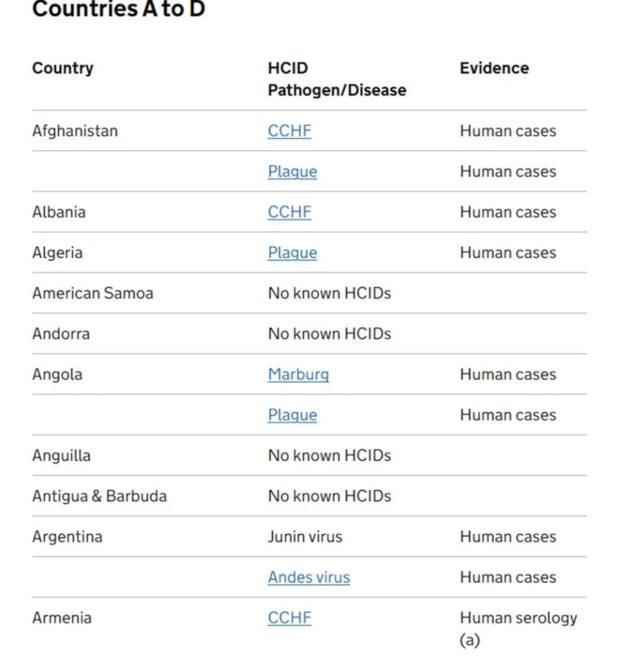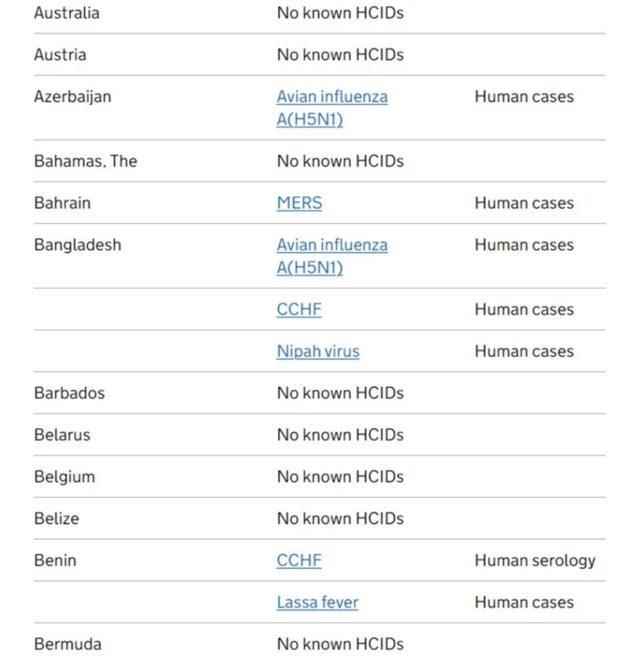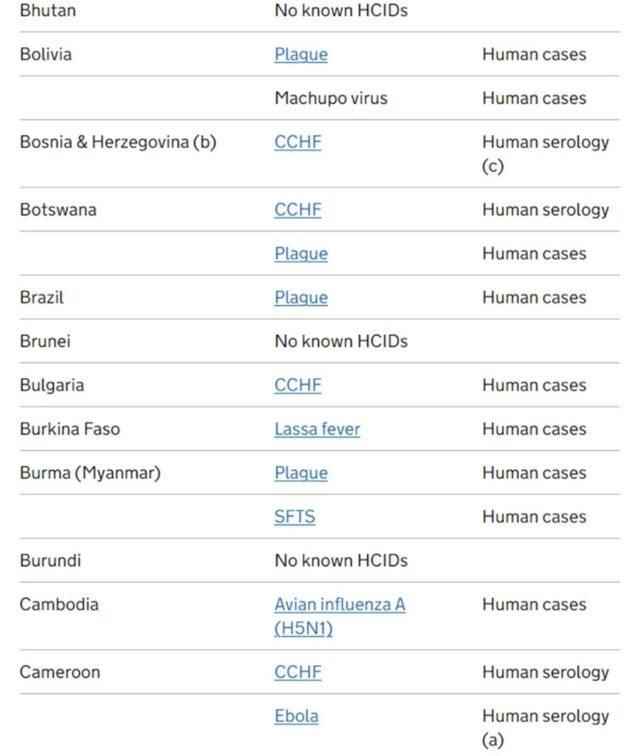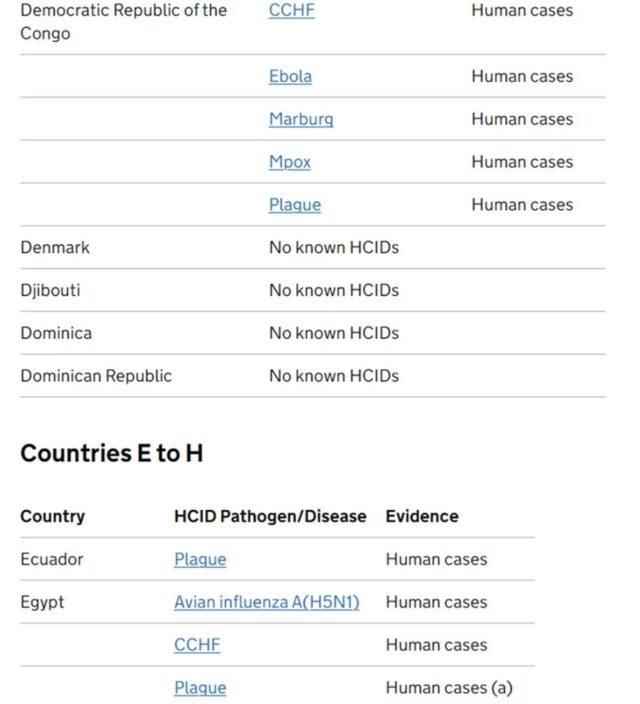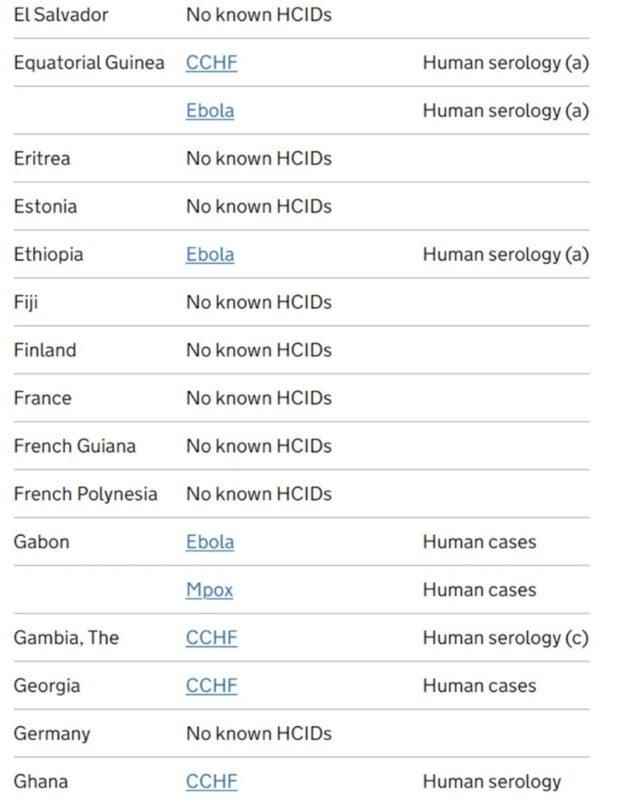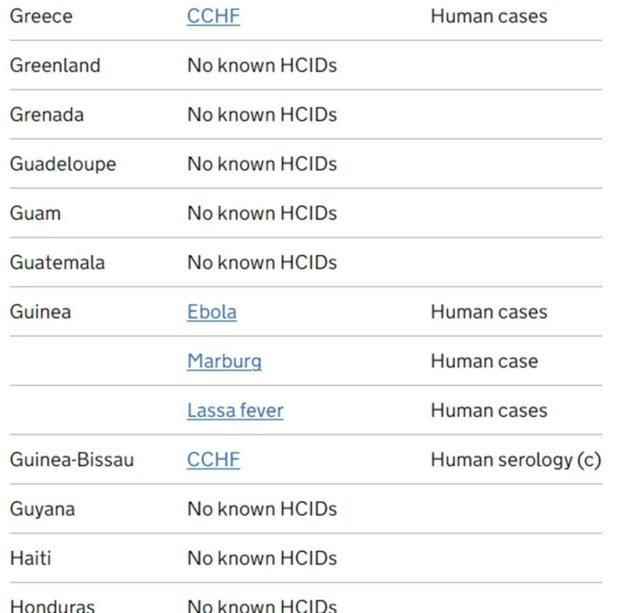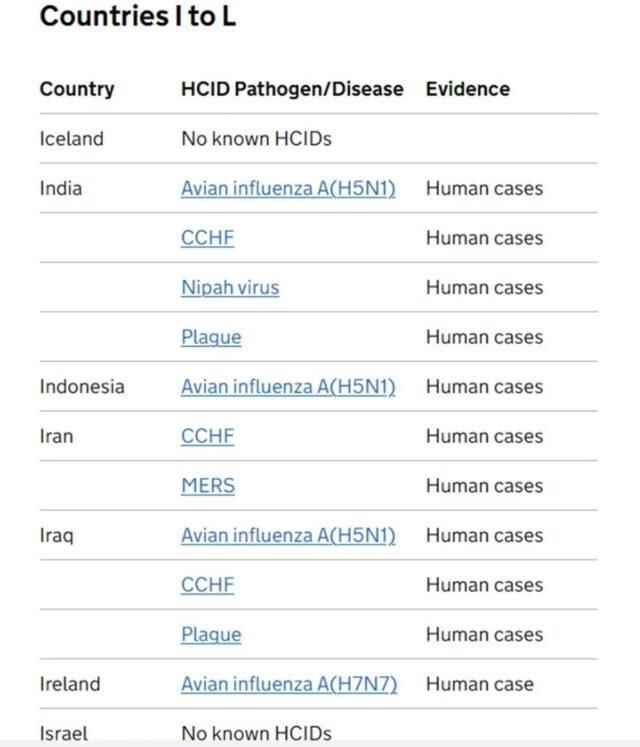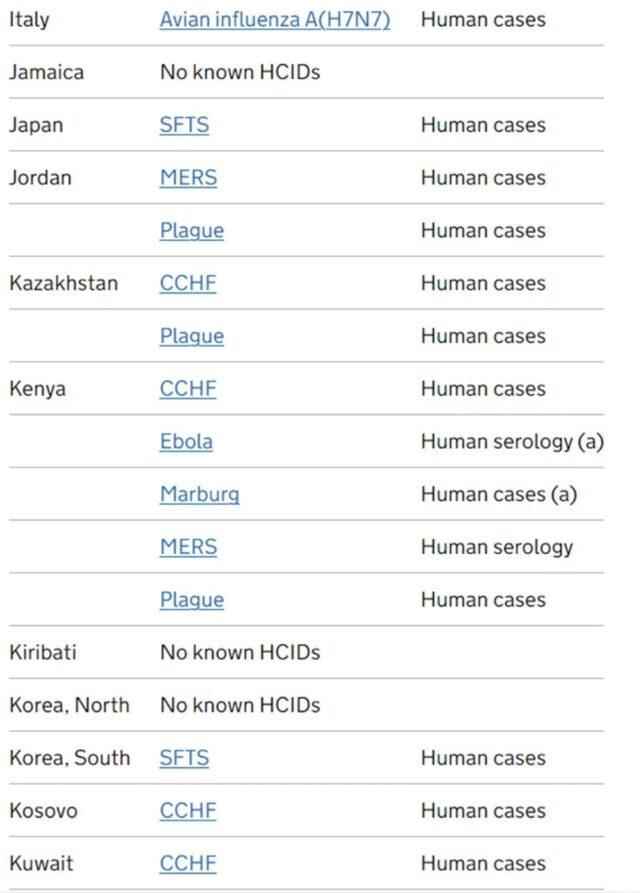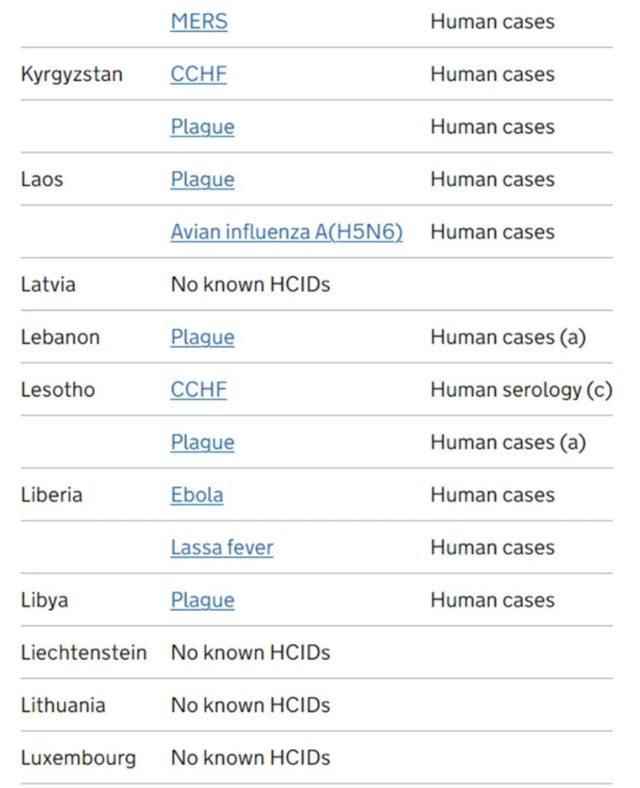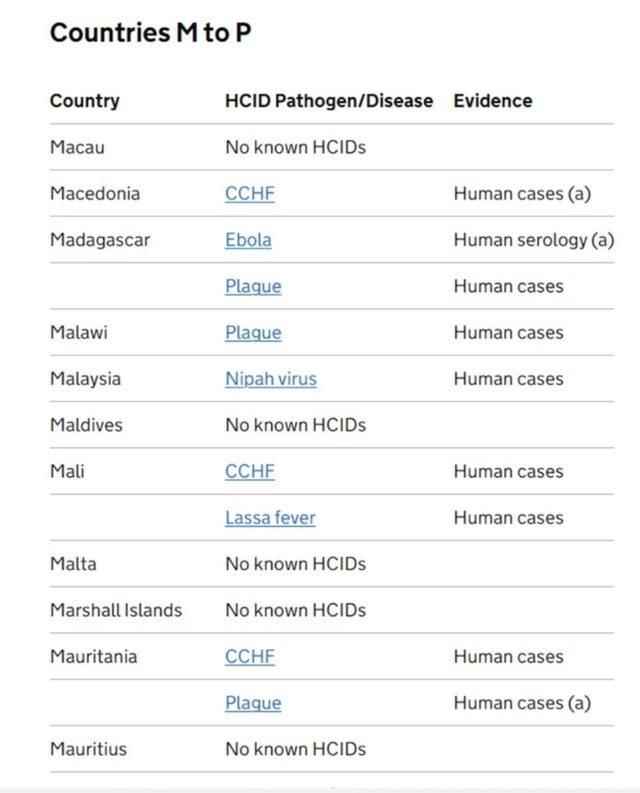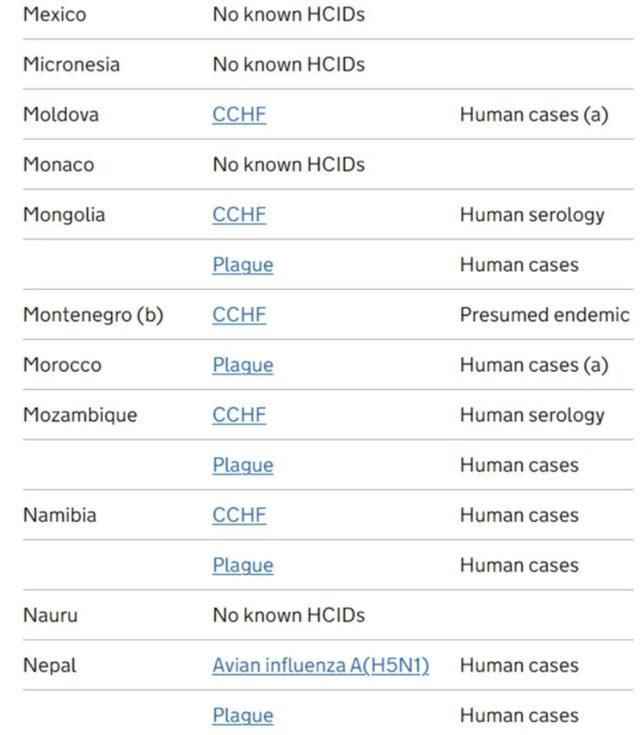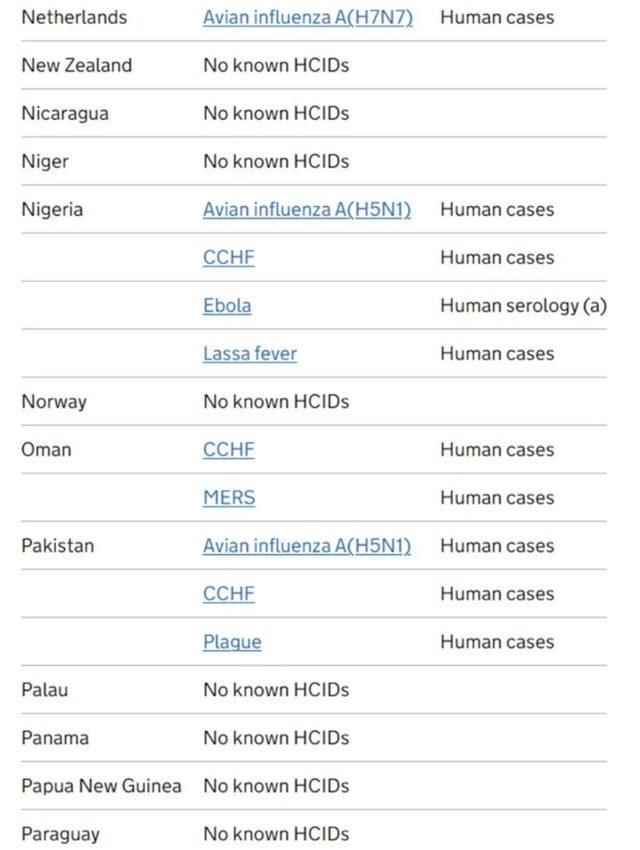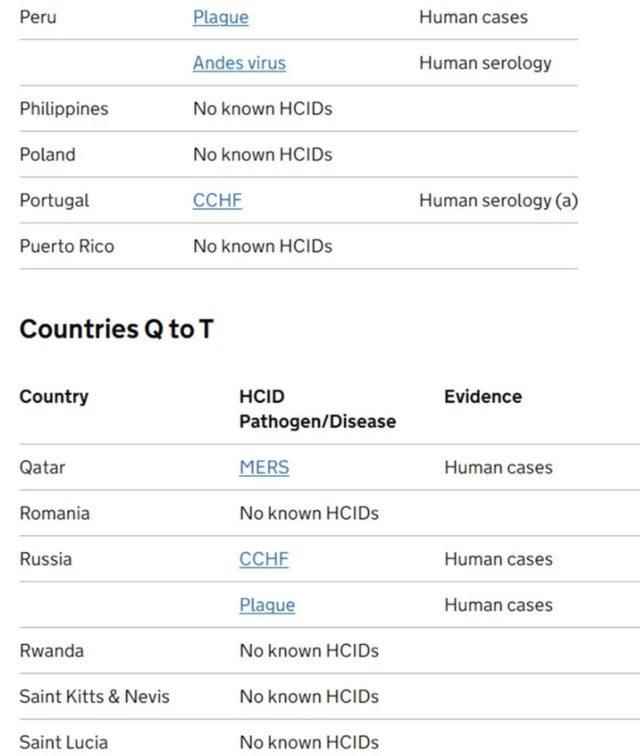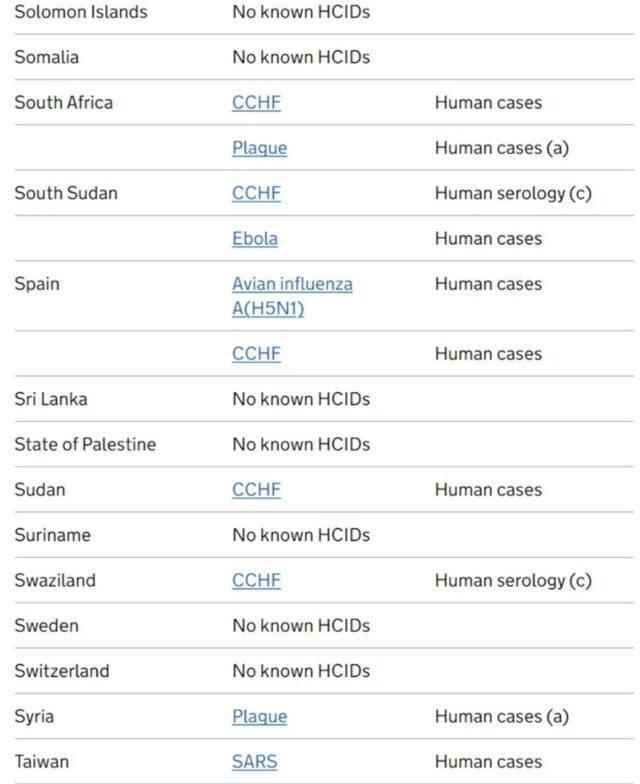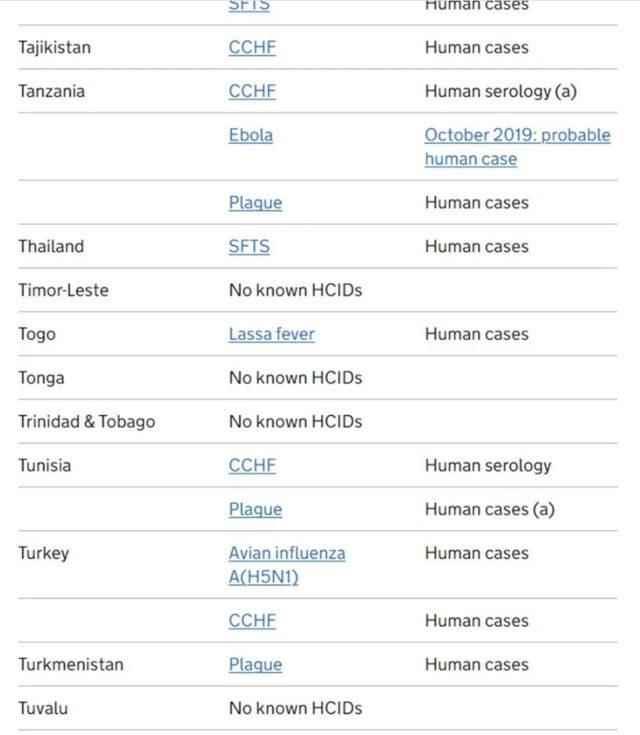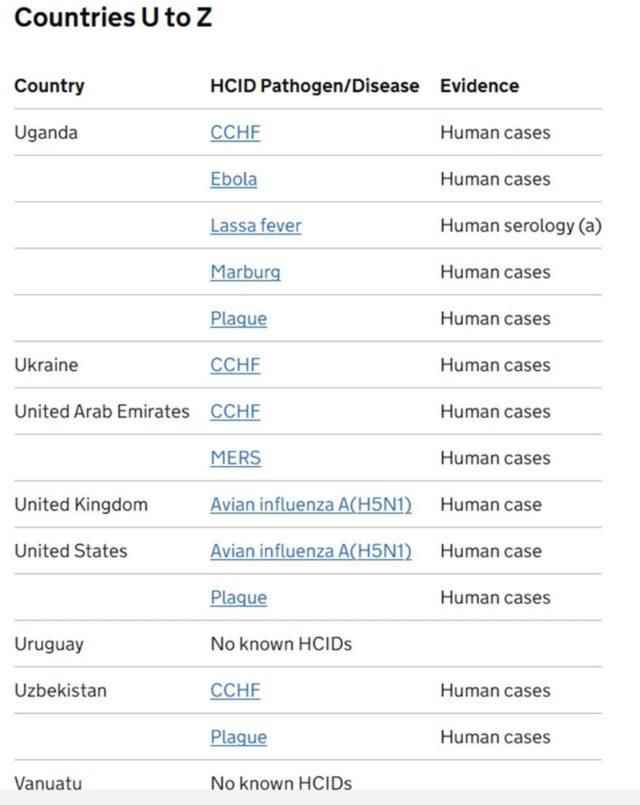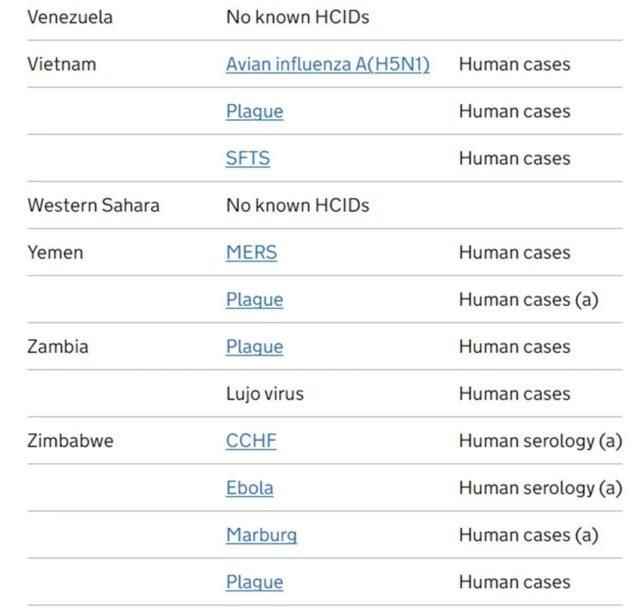The coronavirus pandemic has negatively affected the whole world. Now, the eyes are turned to the explanations about the new pandemic danger and concerns in this direction. The UK Health Safety Agency (UKHSA) in England is constantly monitoring the worldwide epidemic threats in order not to be caught unprepared for epidemics. The UKHSA’s new list includes the 15 most frightening infectious diseases. These diseases are described by scientists as high-consequence infectious diseases. In the list, the data is broken down by country and reveals whether the diseases in those countries have been detected as human cases.
THE MOST DANGEROUS DISEASES: EBOLA AND NIPAH
According to the information on NTV; Ebola and Nipah take the lead among the most dangerous epidemic diseases on the list.
Ebola is a viral disease caused by the Ebola virus. Symptoms of the disease, which can be fatal in 75% of cases, typically include fever, fatigue, muscle pain, headache, sore throat and rash. The Ebola virus can be spread to others through the blood or bodily fluids of a person who is sick or has died from Ebola, or through infected objects.
There is currently no specific treatment or vaccine for Ebola. Ebola outbreaks have occurred frequently in sub-Saharan Africa, but have also recently occurred in other parts of the world.
Nipah virus, which has a similar lethality rate to Ebola, is transmitted primarily from animals, particularly bats, to humans.
The virus can also be transmitted through contaminated food or directly from person to person. Symptoms of Nipah virus infection include fever, headache, myalgia, dizziness and nausea, and the virus progresses to brainstem encephalitis, causing death.
As with Ebola, there is no cure or vaccine for the Nipah virus.

THERE ARE 3 DIFFERENT TYPES OF BIRD FLU IN CHINA
On the other hand, China, which is thought to be the place where the Covid-19 outbreak originated, has three different strains of avian influenza A, commonly known as bird flu: H5N1, H7N9 and H5N6.
Fear of a potentially devastating bird flu outbreak has risen after an ‘alarming’ outbreak among minks last week. For decades, scientists thought the disease lurked to trigger the next pandemic.
Experts said this was due to the threat of a deadly strain of bird flu merging with a contagious seasonal flu.

HERE IS THE EPIDEMIC DISEASE THREATENING TURKEY
H5N1 appears to be the most threatening disease in Turkey on the UKHSA’s list.
H5N1, also known as avian flu, is a strain of influenza A virus that primarily affects birds but can also infect humans and other animals. The World Health Organization (WHO) reported a large number of H5N1 cases in Turkey.

In 2006, several H5N1 outbreaks occurred in poultry farms in Turkey. These outbreaks led to the culling of more than 1 million birds and a ban on poultry movement in the affected areas. In January 2014, a human case of H5N1 was reported in Turkey, making it the first human case of H5N1 in Turkey since 2011.
In 2017, WHO reported that Turkey reported H5N8 avian influenza in wild birds.
On the other hand, Turkey continues to report cases of avian influenza in wild birds and poultry, and it is of paramount importance for public health that poultry breeders and people working with poultry take precautions to protect themselves from infection.

EPIDEMIC DISEASES BY COUNTRY ARE LISTED TO BE PANDEMIC
Avian influenza Avian Influenza, Crimean Congo Hemorrhagic Fever CCHF, tuberculosis plague, Marurg fever Muarburg and Lassa fever Lassa fever are on the list.
